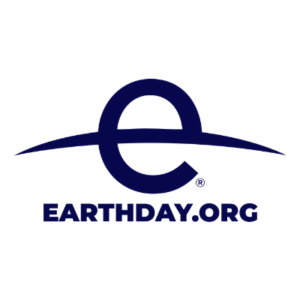Climate Action
We could be headed toward another Deepwater Horizon disaster
April 19, 2020
On April 20, 2010 — two days before the 40th anniversary of Earth Day — the BP Deepwater Horizon offshore rig exploded, killing 11 people and unleashing what many consider the largest environmental disaster in American history.
The environmental consequences are staggering — and long lasting. After the spill released more than 200 million gallons of crude oil over 87 days, the environment shuttered. Tens of thousands of marine animals died, including up to 800,000 birds and 170,000 sea turtles. Tourism tanked, and it cost the U.S. millions of dollars in “repair” in the following years.
The Deepwater Horizon spewed 20 times more oil than the Exxon Valdez tanker that dumped nearly 11 million gallons of oil into Prince Water Sound in 1989. That area is still hurting from the spill: Alaskan fisheries are recovering, thousands of species died and some species have vanished altogether.
Both situations were avoidable, yet they still happened. The two disasters taught us several lessons, many of which we’re heeding today, but some of which, remarkably, we’re ignoring.
Today, offshore drilling still accounts for 16% of U.S. oil production and nearly 30% of global oil production. We even set a new global record in 2019, with 10.3 million barrels extracted per day — a number that has steadily risen since the 1980s.
“Offshore drilling is still as dirty and dangerous as it was 10 years ago,” said Diane Hoskins, Oceana campaign director, in a statement last week. “If anything, another disaster is more likely today as the oil industry drills deeper and farther offshore.”
Because we’ve already tapped many of our oil reserves, we’re going deeper and deeper for oil: The average depth of U.S. deepwater drilling increased by 32% between 1999 and 2019, according to an AP analysis of data from the U.S. Interior Department’s Bureau of Ocean Energy Management.
And, while government and industry leaders assure us they’re taking steps to avoid another disaster, as offshore deepwater drilling is expanding, inspections are decreasing. Visits by the U.S. Bureau of Safety and Environmental Enforcement — created in the aftermath of the Deepwater Horizon — dropped 20 percent in the Gulf of Mexico over the past six years, saving companies an estimated $1.7 billion.
No matter what we tell ourselves, we must remember: It only takes one mistake to have a decades-long environmental catastrophe.
Still, human nature is tough to overcome. Oil spills remind us of our stubborn insistence to control nature. John McPhee explored how our attempts at control — levees and canals in the Mississippi River and overflowing basins for debris in California — often lead to further unintended environmental consequences. Over 20 years later, we haven’t shook that mentality, as Naomi Klein writes in The Guardian.
“This Gulf Coast crisis is about many things,” writes Klein, months after the Deepwater Horizon oil spill. “But underneath it all, it’s about this: Our culture’s excruciatingly dangerous claim to have such complete understanding and command over nature that we can radically manipulate and re-engineer it with minimal risk to the natural systems that sustain us.”
The Deepwater Horizon disaster follows an interesting trend in American environmental history, with a major oil spill happening every 20 or so years. That absence is just long enough to forget (or blatantly disregard) the environmental toll.
The White House could be speeding up the timeline with recent regulatory rollbacks. But this hasn’t always been the case.
In 1969, the Santa Barbara oil spill, the third largest oil spill in U.S. waters, signaled a change among Americans. After the repeated fires on the Cuyahoga River, the choking air pollution of cities and the toxic sludge secreted by industry, people had enough. That enough-is-enough mentality gave rise to the modern environmental movement, culminating in the first Earth Day in 1970.
One year after the disaster, the National Environmental Policy Act passed with bipartisan support and U.S. President Richard Nixon created the Environmental Protection Agency. The Clean Air, Clean Water and Endangered Species Acts followed soon after.
We can learn from history, as we did after the 1969 Santa Barbara oil spill, or we can ignore it, as is currently happening.
With demand for oil plummeting and production grinding to a halt amid the coronavirus pandemic, we have a chance to reevaluate how we use, and extract, oil. Do we keep digging deeper and deeper, hoping for the best? Or do we instead invest in renewable energy?
If we choose the former, we must ask ourselves: Is it worth the cost?
